Styles
Zinfandel can be made in a wide range of styles, the most famous being White Zinfandel, which accounts for almost 85% of Zinfandel produced in California. Although called ‘white’, these are actually pink or rosé wines. Aromatically simple, ‘White Zin’ generally exhibits fragrant aromas of red fruits, reminiscent of strawberry or ripe raspberry. As explained above, the fermentation is stopped before it is finished, thus giving a medium-sweet wine (between 30 and 50 grams of residual sugars per litre) with a relatively low alcohol content (between 8% and 10%). Though wine snobs like me may look down on this straightforward, one-dimensional, childish wine, I still think that this is a good product to recommend to someone who never drank wine before, especially if he/she tends to like sweet beverages. It’s the equivalent of Moscato d’Asti for rosé wines!
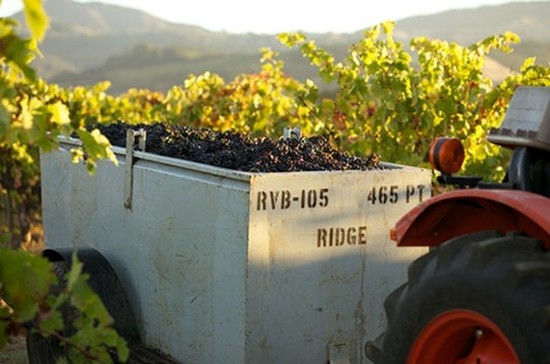
Made as a ‘proper’ red wine, depending on the grapes’ maturity level at harvest, Zinfandel can be shaped into both a pale-coloured wine exhibiting ripe red fruits (strawberry, red cherry) and pungent spices (black pepper), or an opaque wine with intense black (boysenberry) and dried fruits (prune, date), intertwined with sweet spices reminiscent of cloves and liquorice. The common features of these wines are a slightly off-dry and spirity mouthfeel, with medium to low tannins coated by an opulent texture. The riper versions show affinity with oak, both French and American, and will therefore tend to exhibit intense aromas of vanilla or coconut.
Although you’ll only read ‘Zinfandel’ on the labels, many of them will be blended with other grape varieties. Paul Draper of Ridge Vineyards adds 10% to 15% of Petite Syrah to his Zinfandels to enhance colour and tannins structure, and it seems that many producers follow this recipe. However, many blends find their origin directly in the field: many old vineyards are actually planted with a mix of Zinfandel and various random varieties. For instance, Ranvenswood’s Old Hill Vineyard is made up of 26 different grape varieties, Zinfandel accounting for approximately 75% of the plantings.
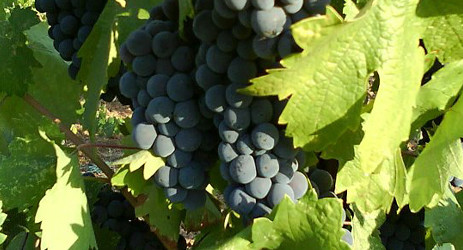
Regional characteristics
Zinfandel wines are greatly influenced by the grape’s ripeness level at harvest, the vines’ age, the vineyard’s exposure, the winemaking decisions, etc., and it is thus extremely delicate to summarize regional characteristics without falling into over-simplistic generalisation. Still, many books and online sources have drawn a rough picture outlining the aromatic and structural components one could expect from Zindandel wines made in various Californian regions. Here is a sum-up of these descriptions, to be considered with caution:
Dry Creek Valley: This sub-region of Sonoma (famous wine producing region situated between the Napa Valley and the Pacific Ocean) is often described as the reference for high quality Zinfandel. The wines produced tend to be aromatic with intense red fruit flavours and a distinct peppery character.
Russian River Valley: Also situated in Sonoma, this region is cooler than Dry Creek River, thus producing spicy wines with higher acidity and lower alcohol.

Napa Valley: ‘Concentration’ is the recurrent word among the descriptions of Napa Valley Zinfandels. These intense wines will often boast pronounced black fruits aromas and flavours, structured by firmer tannins than in Sonoma. Besides, new-oak-derived spices tend to be more widespread.
Lodi: Situated on the East of the San Francisco bay, this relatively hot region nests many of California’s oldest vines, and produces one third of the State’s Zinfandel. The wines here are considered to be the fleshiest, with jammy and chocolaty flavours.
Paso Robles: The wines produced in this region, located between San Francisco and San Diego, are the most floral of all (violet, roses).
Although in terms of notoriety Zinfandel is far behind Cabernet Sauvignon in China, I do think that it is a great recommendation for new consumers experiencing wine for the first time, and I am not necessarily referring to White Zinfandel here. Even in the high quality red Zinfandels, the sweet jammy fruit, soft round tannins and generous texture are characteristics which make Zinfandel a very approachable and friendly wine to most people. So if you didn’t manage to convert your family to the pleasures of wine during the Chinese New Year’s Eve diner, next time try again with a bottle of ‘Zin’!
All rights reserved by Future plc. No part of this publication may be reproduced, distributed or transmitted in any form or by any means without the prior written permission of Decanter.
Only Official Media Partners (see About us) of DecanterChina.com may republish part of the content from the site without prior permission under strict Terms & Conditions. Contact china@decanter.com to learn about how to become an Official Media Partner of DecanterChina.com.


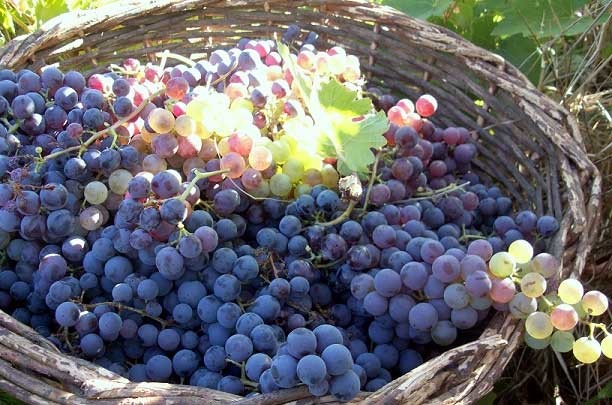
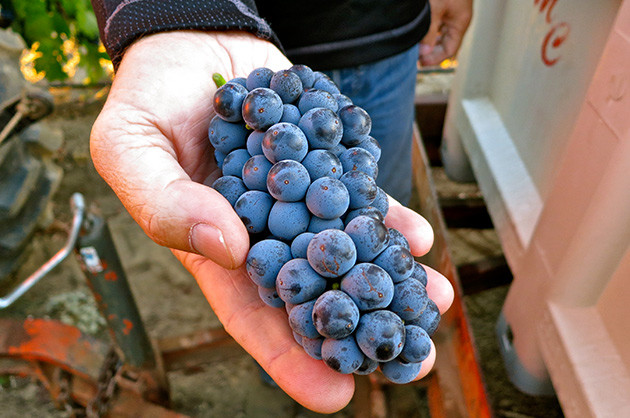
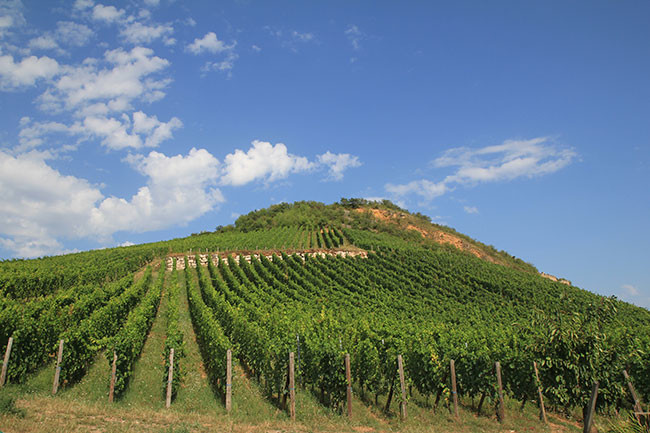
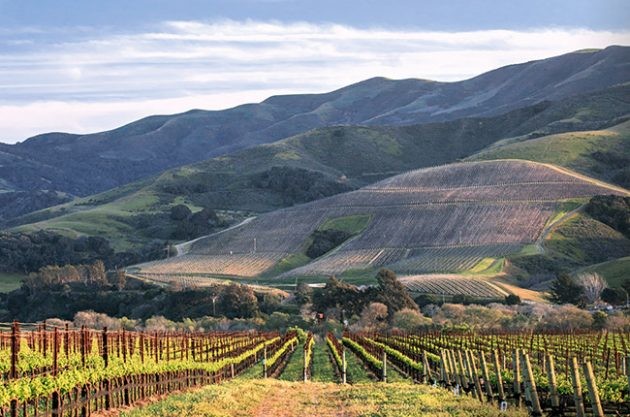
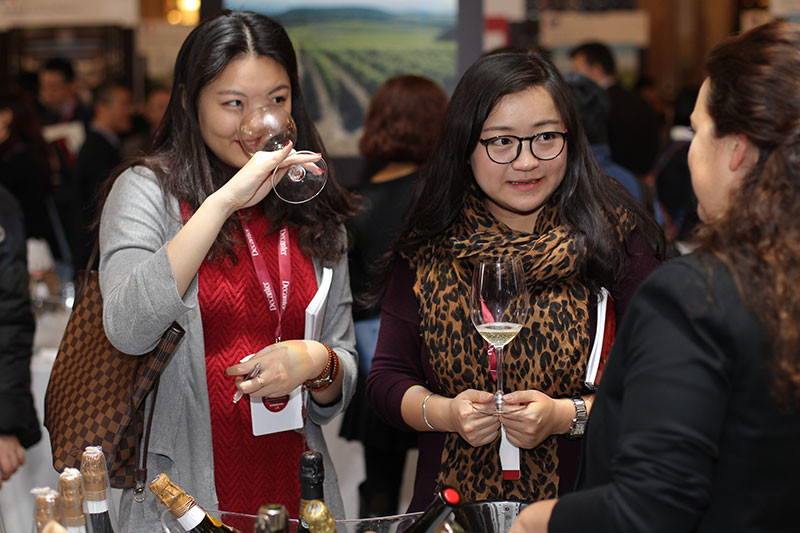
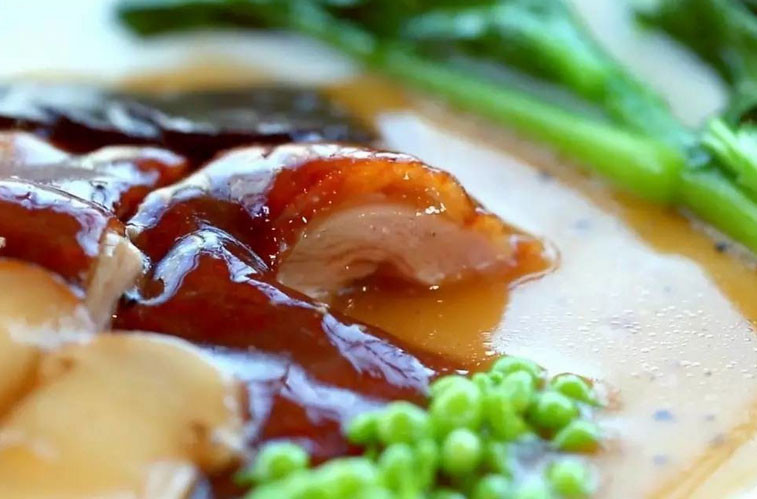
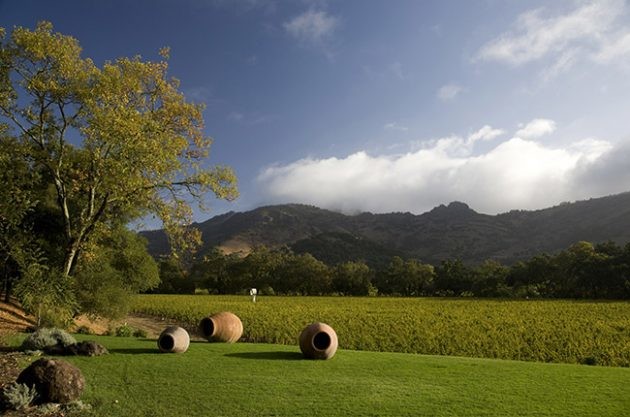

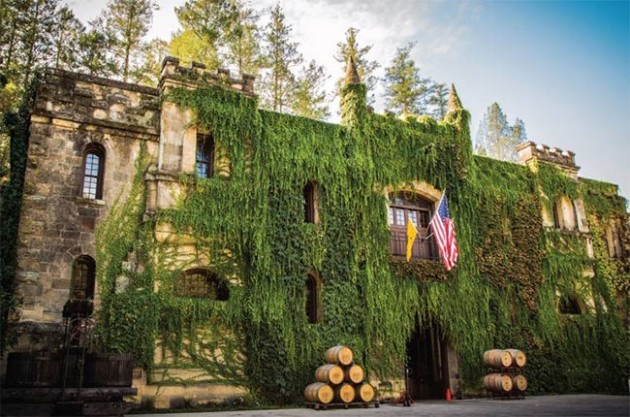
Comments
Submit